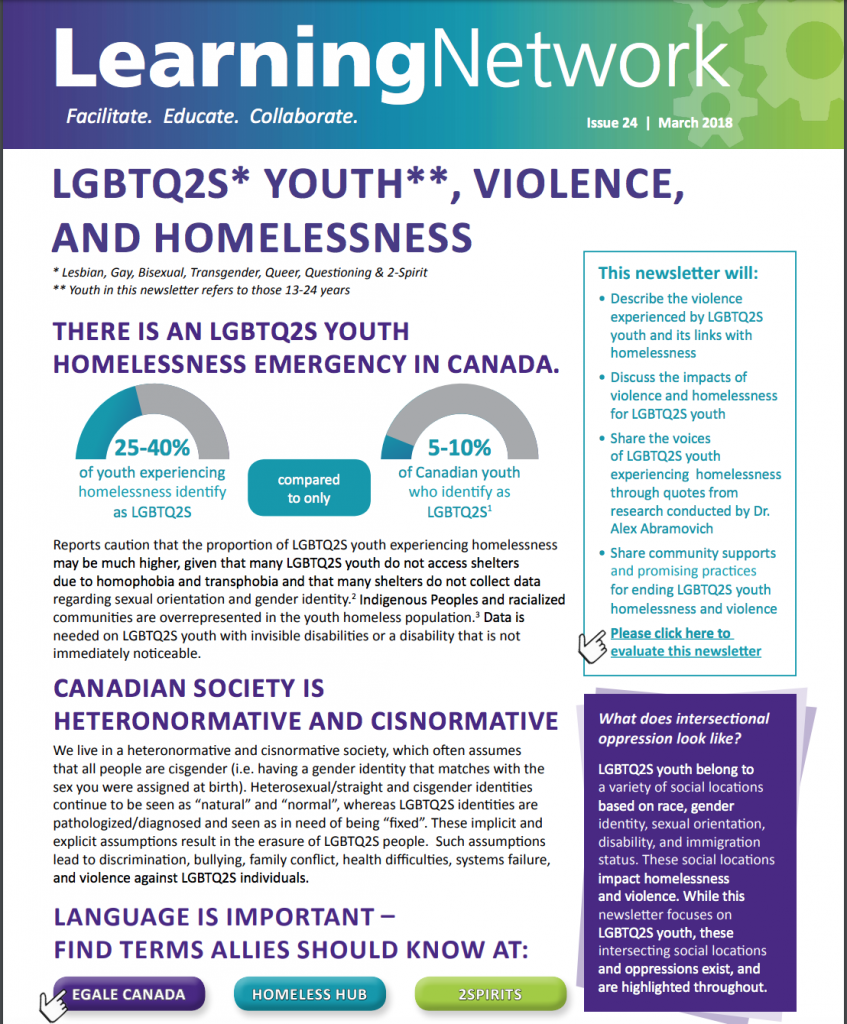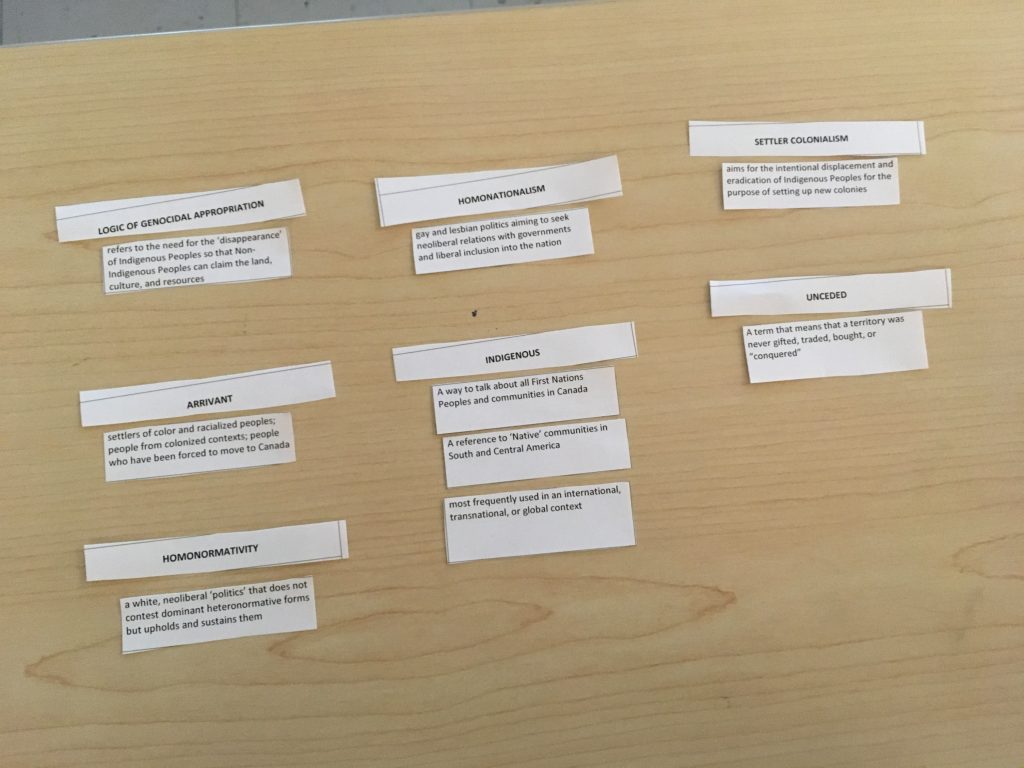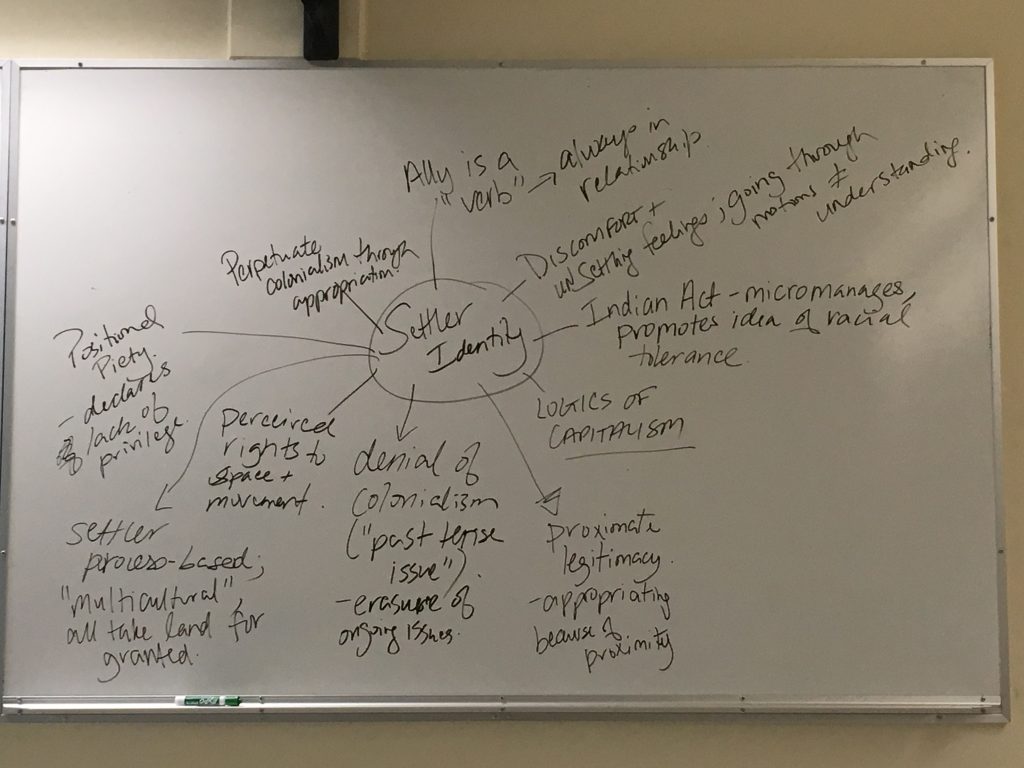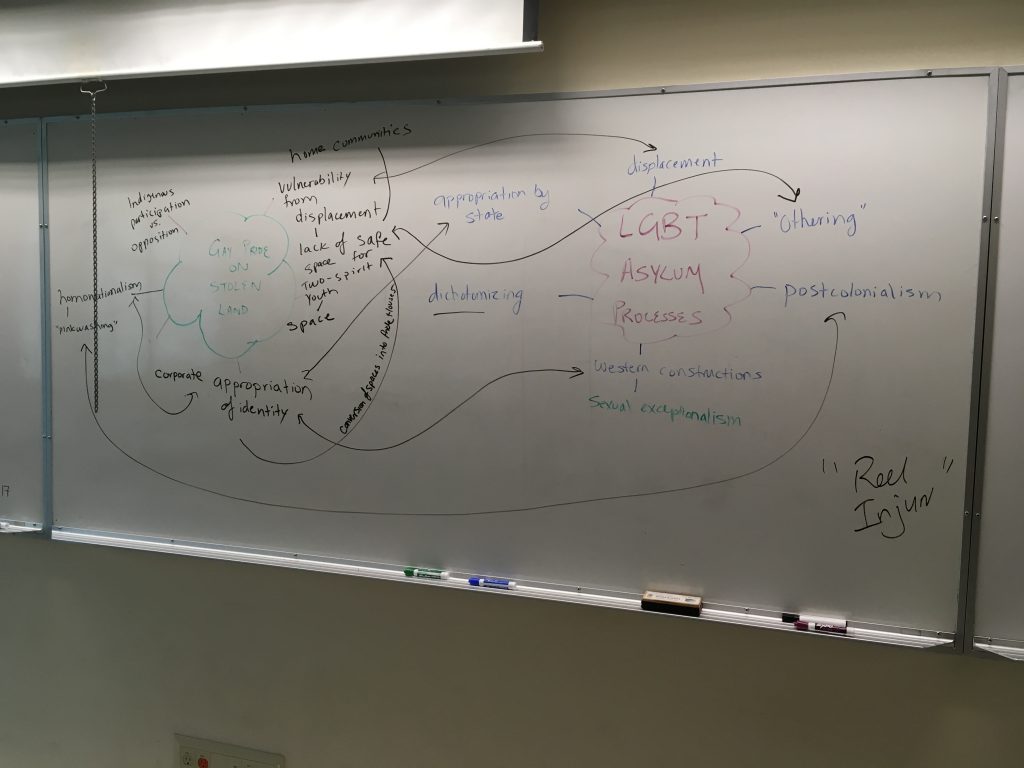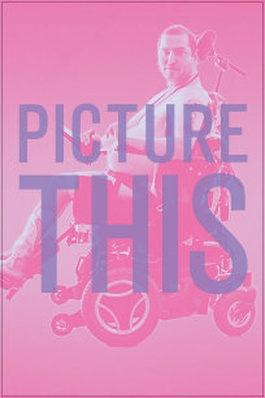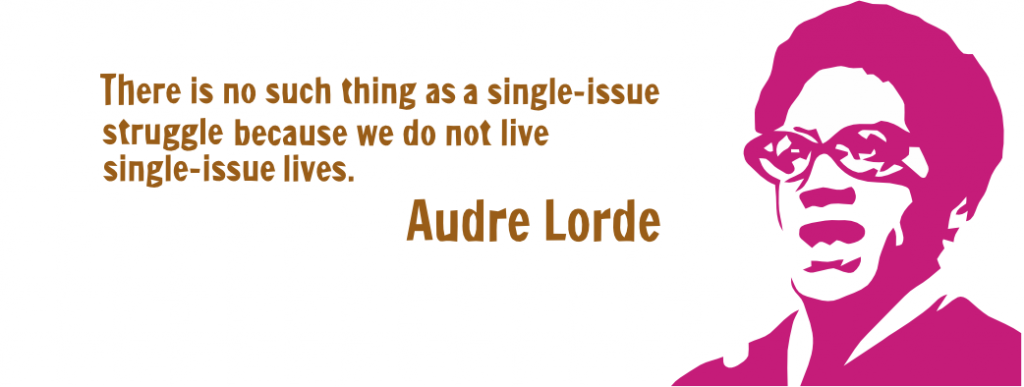Education and Community
Today our class went on Forbidden Vancouver’s ‘The Really Gay History Tour’ with our tour guide Glenn—it was awesome. The tour followed a logical sequence, starting in front of the Hudson’s Bay Company (associated with a long history of colonialism) with a story about a Two-Spirited Kutenai person. While the events of this story took place outside of the Vancouver area, it exemplified the history of queer+ identities present and celebrated prior to colonization in British Columbia. Here is a link to a 1965 article ‘The Kutenai Female Berdache’ by anthropologist Claude E. Schaeffer which shares many of the same details told to us by Glenn about this story. (Please note that ‘Berdache’ is a dated term and is no longer used to refer to Two-Spirit individuals).
As the tour progressed, I learned about the lives of gay men and lesbians during and after prohibition, the persecution of East Indian men (Rex vs. Singh) during a time of racist government policies, the first established gay bars in Vancouver along Granville Street (especially, the importance of Drag Queens to this history), the inspiration of The Village People’s ‘YMCA’, how the Unitarian Church became the first in Canada to allow gay ordained ministers (Gary Paterson), the history of gay rights in Vancouver and the sanctioning of Gay Pride by the City (thanks to former Mayor Mike Harcourt), the AIDS epidemic in Vancouver (once known as GRID), the Little Sisters Bookstore (WOW), and the history of the West End (especially as a place were sex workers were prominent and had control over their bodies and their work…for a time).
Although I came into the tour knowing bits and pieces of this history, Glenn’s knowledge and stories made this history come to life and I learned many things that I wasn’t aware of before. My favourite part of the tour was Glenn’s story about the first lesbian bar in Vancouver that came about as a fluke (by two women who really wanted a free drink) and ended up as an important establishment for lesbian women in Vancouver.
The gay history of Vancouver is rich with stories of overcoming adversity, self-determination, resilience, empowerment, and success. I would highly recommend this tour!

